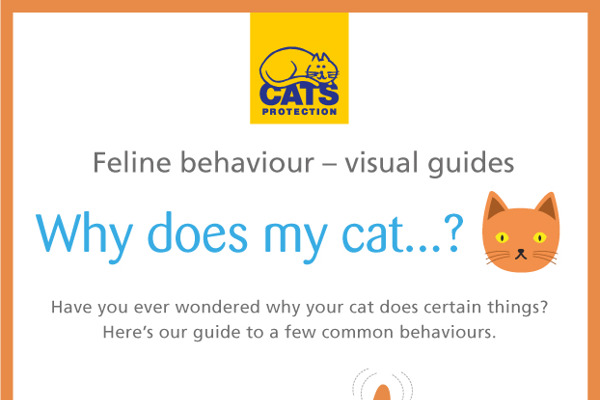All cat owners want to make sure that their beloved pet is safe and happy, so here are some tips to help you recognise stress in your cat's face.
In the last of a three-part series of visual guides to cat behaviour, we’re sharing some examples of facial expressions that will help you to identify how your cat is feeling and when they may be getting stressed.
This is a general guide so your cat may not be showing all of these signs at the same time.
Here are some identifying facial communications:


What should I do if my cat is stressed or depressed?
Long term stress or depression can lead to other health and/or behaviour problems. If your cat appears stressed or depressed:
- Get them health-checked by your vet.
- Give your cat plenty of places to hide or get up high.
- If you have more than one cat, make sure there is one resource (food, water, litter tray) per cat, plus an extra for choice.
- Ask your vet to refer you to a qualified behaviourist (www.apbc.org.uk).
Should you have any concerns about your cat’s health or behaviour, consult your vet.
Please do print this visual guide for a handy reference or share it with friends who may find it useful!
Want to see cat behaviours in action and learn more about what they mean? View our cat behaviour videos.
You can also read more about feline behaviour in our Essential Guide leaflet: Understanding your cat’s behaviour or access our free online e-learning course: Understanding Feline Origins.



